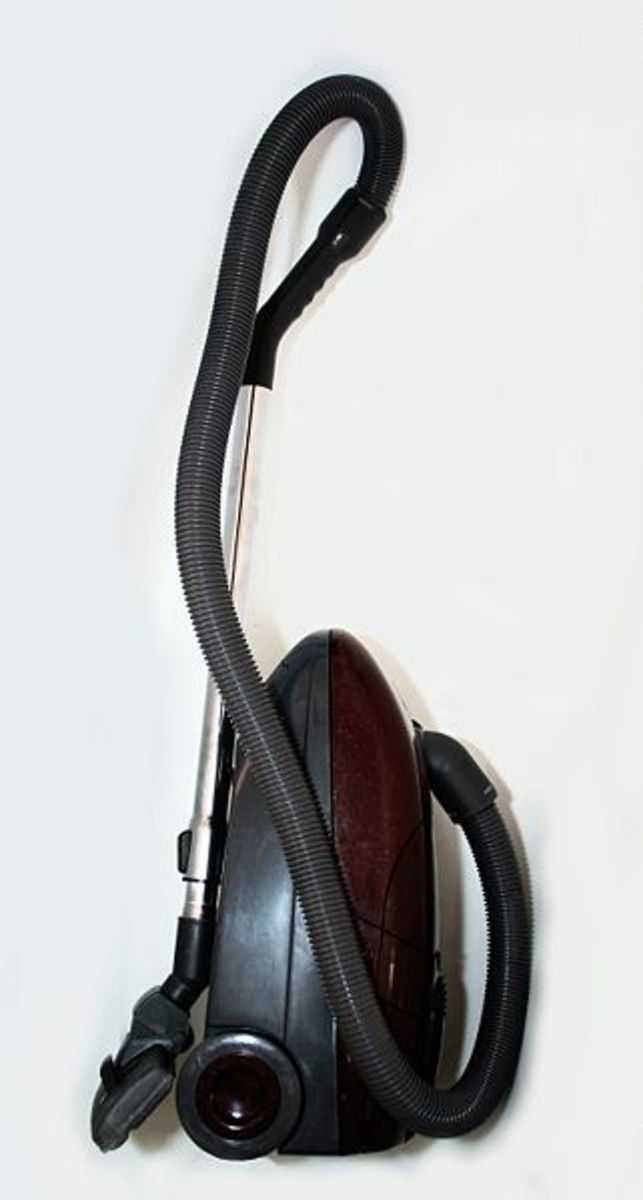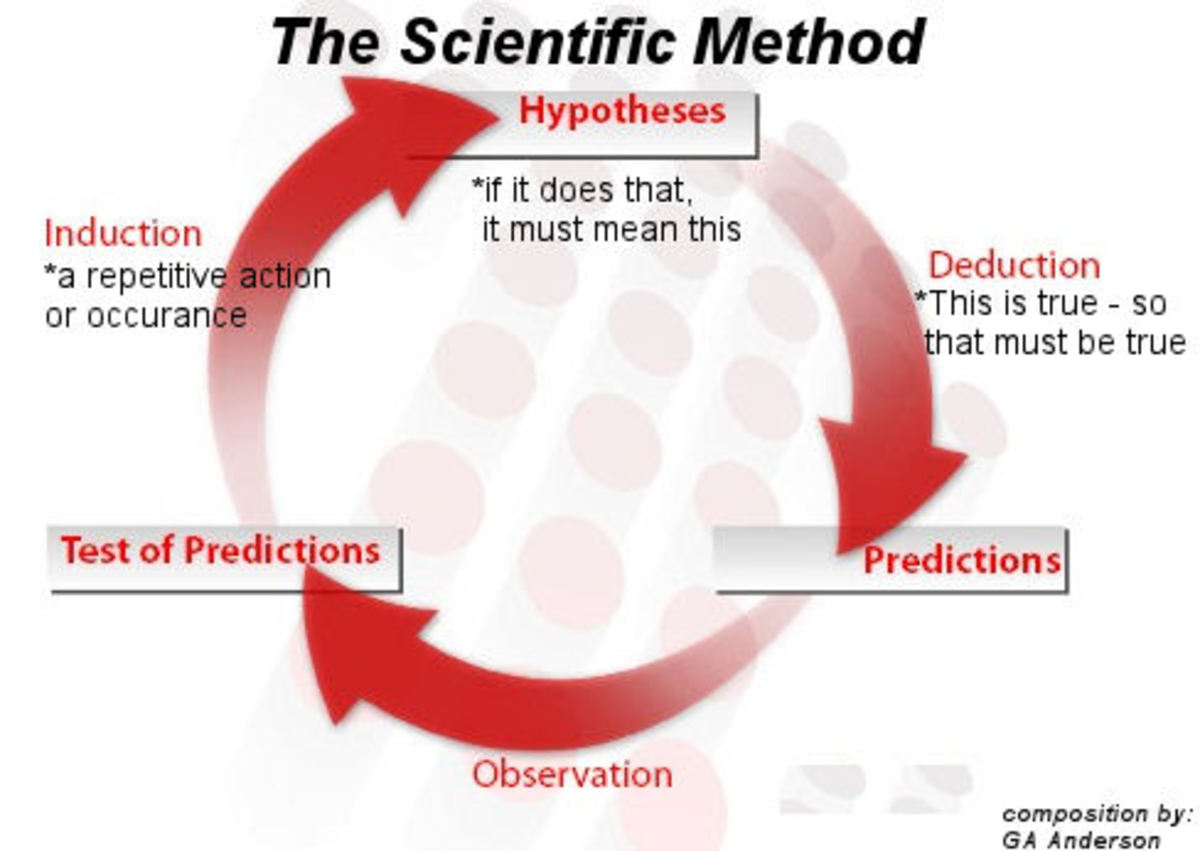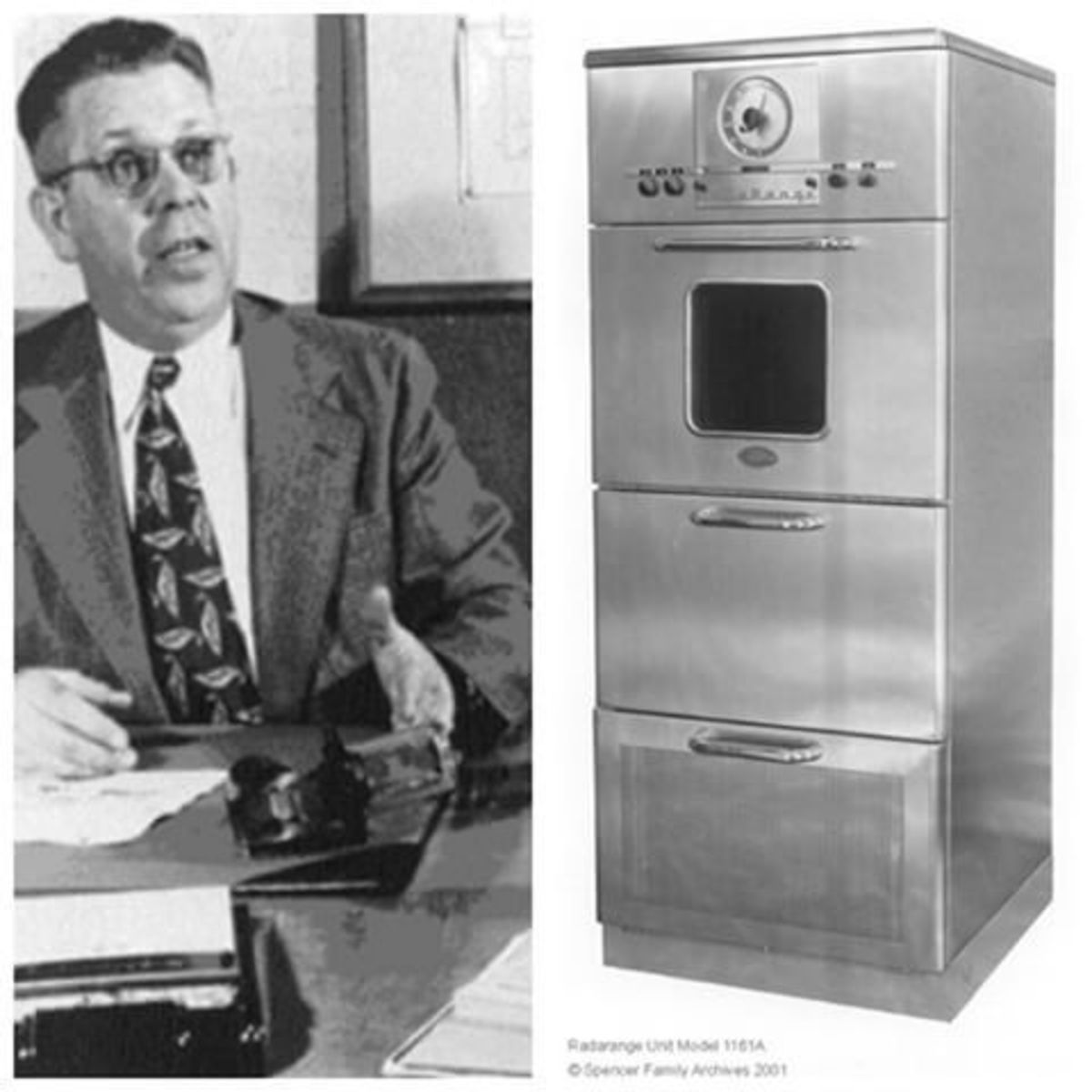Scientific Inventions Gone Good [or, I'm really glad that didn't blow-up!]
How Mistakes Make for Perfect Scientific Discoveries
When I ponder the concepts surrounding discovery and experimentation, probability comes to mind. Just how probable is it that what we set out to uncover or discover is actually what we find? When we consider historical findings such as medications, toys, popular food, or even electronic discoveries...is what we found really what we were looking for?

So often the past will tell us of those few who set out to find and develop that one thing that would change us forever, when in actuality, the things that have changed us forever have inexplicably been those things that we had no desire to invent in the first place. Possibly our goals were far loftier in origin, but found greater success in application of an unintended outcome. Never underestimate the power of mishap, it may just turn out that your mistakes lead us into the next century brighter, safer and with a bit more fun!
Below are six discoveries that were not what we set out to find at all...but rather outstanding observations and cross references to what results when we let discoveries happen instead of concluding intended experiments.
Perfect Mistakes, Scientific Mishaps

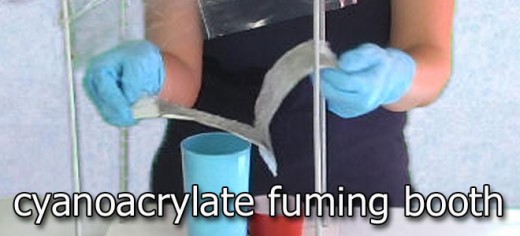
Super Glue is Discovered to be Irreplaceable in Crime Labs!
Be careful where you put your fingertips! Crime labs have for many years relied on the dirty, bloody and sweaty placement of our fingertips. They had to count on these materials to bring the evidence of fingerprints to life in courtrooms and crime labs. In 1985, during an attempt in a Japanese crime lab to repair a leaky fish tank with Superglue, the discovery of latent fingerprints (latent fingerprints, unlike dirty finger prints, usually can not be seen) found that when the glue dried it formed perfect white castings of these latent prints making them quite visible. The process is now called cyanoacrylate fuming (after the glue). It is most effective when used on aluminum foil, cellophane, Styrofoam and other plastic materials.

The Velcro Cockle-bur Connection
No Glue required here! Velcro, two strips of nylon fabric, on one side loads of small hooks, on the other side just as many small loops. The invention was derived in 1948 when George de Mestral a Swiss engineer, found cockle-burs (a prickly little sticker) on his socks and pant legs after a walk. He took a closer look at he burrs and found that they are a maze of little hooks that would cling to fabric. It wasn't until 1956 and after many experiments to perfect the invention, that Velcro was delivered to consumers. Today it is used as a fastener for everything from shoes to space suits!
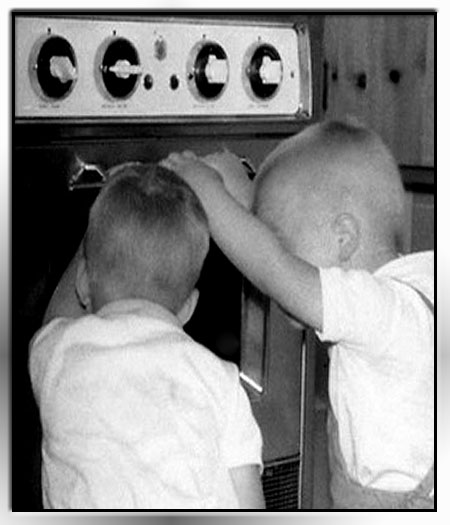
The First Microwave Oven Was Discovered When...
A melted candy bar in your pocket and suddenly American kitchens are occupied by microwave ovens? Percy Spencer was conducting experiments around a new form of vacuum tube. A candy bar began melting in his pocket which suggested that possibly popcorn might pop. And it did. In 1947 the first microwave oven known as the "radar range" was built by Raytheon. It was so large (750 lbs & 5-1/2 feet tall) and so expensive ($5K) that consumers were not in any hurry to purchase the behemoth. Eventually a smaller 100-volt model was designed and consumers fell in love with the counter-top version, eagerly paying the $495 price.
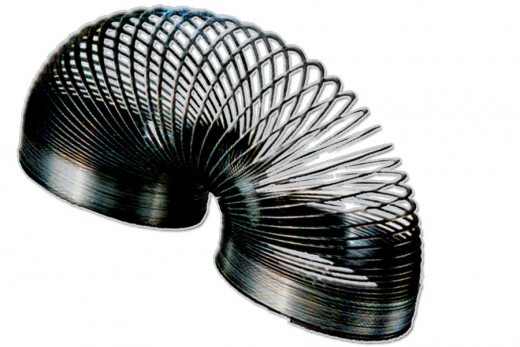
Who Invented the Slinky?
What do cargo and a classic popular toy have in common? Richard James of course. A naval engineer who in 1943 was experimenting to find a spring that would treat sensitive equipment gently during transportation on ships. One of the jello-like springs fell from a shelf, but when landing, continued to shimmy and shake. This was when James got the idea for the Slinky. In 1945 Slinky was made available for sale, selling 400 within the first 90 minutes. World wide sales to date are somewhere around 250 million, and growing!

How Post-it Notes Were Invented
A church choir and low-tack adhesive began an office supply revolution! In 1973 Arther Fry used this slightly sticky material on book markers to mark the pages of his hymnal while he sang in the church choir. A buddy from 3M, Spencer Silver, had accidentally discovered the low-tack glue in 1968, but had no idea what it could be used for until Fry used it in choir. Over 100 countries now purchase Post-it notes even as 3M was unsure it could be a profitable item. Post-it notes were marketed to the world in 1980 and continue to cover walls, computers, and refrigerators to this day...with no signs of slowing sales in site.

How Fireworks Were Invented
An explosive recipe from China lights up our patriotic skies annually. Approximately 2,000 years ago when mixing common kitchen ingredients for that time period (saltpeter, charcoal and sulfur) a Chinese cook found the concoction burned. Later the recipe was put into a bamboo tube and then blown-up. Many fireworks, wonderfully bright and colorful renditions of the recipe, have graced our Independence day celebrations and many other celebrated events over the centuries. Possibly the fire-extinguisher was the next invention?....



